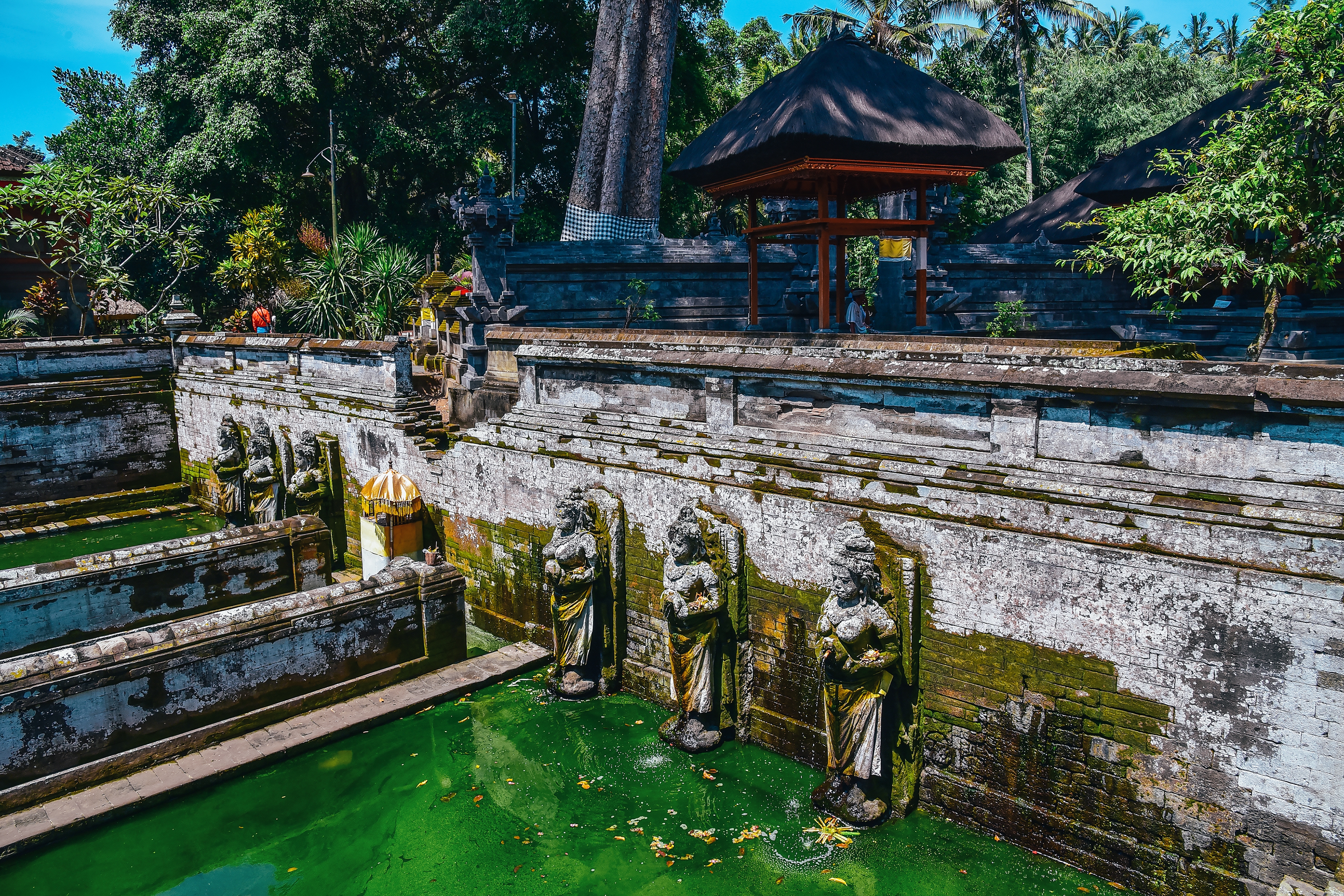11 Abandoned Sports Arenas and Stadiums Frozen in Time
In the world of sports, arenas and stadiums are hallowed grounds where history is etched in the cheers of fans and the feats of athletes. Yet, some of these grand venues, once alive with the roars of crowds, now stand silent, frozen in time. These abandoned sports arenas and stadiums are more than just decaying structures; they are poignant reminders of past glories, societal shifts, and economic realities. This article delves into the stories of 11 such arenas across the globe, exploring their rise, fall, and the haunting beauty they embody today. Through this journey, we witness not just the physical remnants of these spaces but also the cultural and historical narratives they represent. From the bustling cities of the United States to the remote corners of Eastern Europe, each stadium tells a unique story of ambition, triumph, and eventual abandonment. As we embark on this exploration, we invite you to consider the transient nature of fame and the enduring impact of these forgotten coliseums.
1. The Rise and Fall of Detroit's Pontiac Silverdome
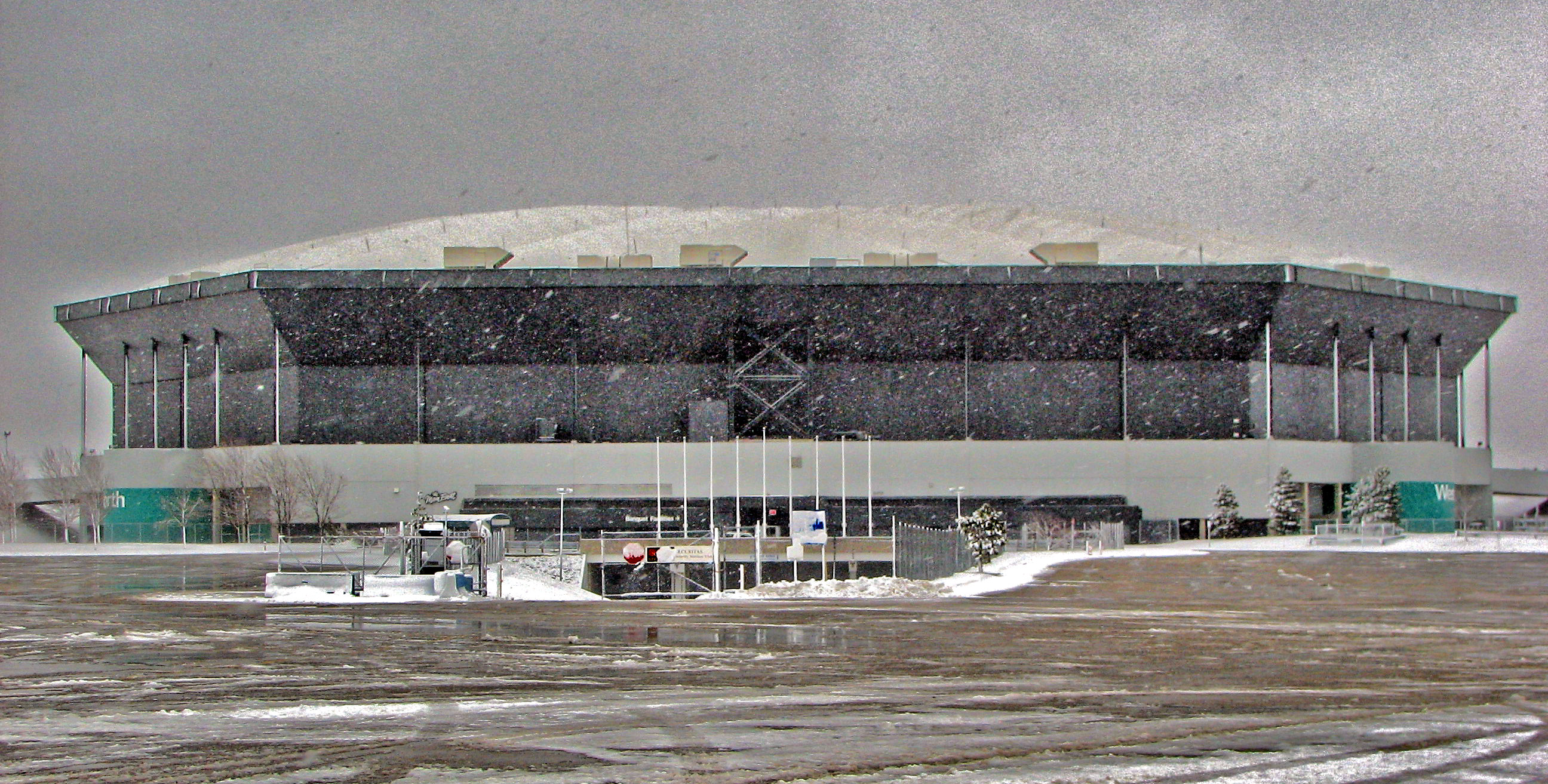
The Pontiac Silverdome in Detroit, Michigan, once stood as a testament to American sports enthusiasm. Opened in 1975, it was among the largest stadiums in the world, boasting a seating capacity of over 80,000. The Silverdome hosted numerous iconic events, including Super Bowl XVI and WrestleMania III, drawing record-breaking crowds. However, as the years passed, the economic downturn of Detroit and the relocation of the Detroit Lions to Ford Field in 2002 marked the beginning of its decline. Despite attempts to repurpose the venue, it eventually succumbed to neglect, with its roof collapsing in 2013 due to a winter storm. Today, the Silverdome remains a symbol of Detroit's fluctuating fortunes, its skeletal remains a stark contrast to the vibrant memories it once held.
2. The Ghost of Sarajevo's Olympic Legacy
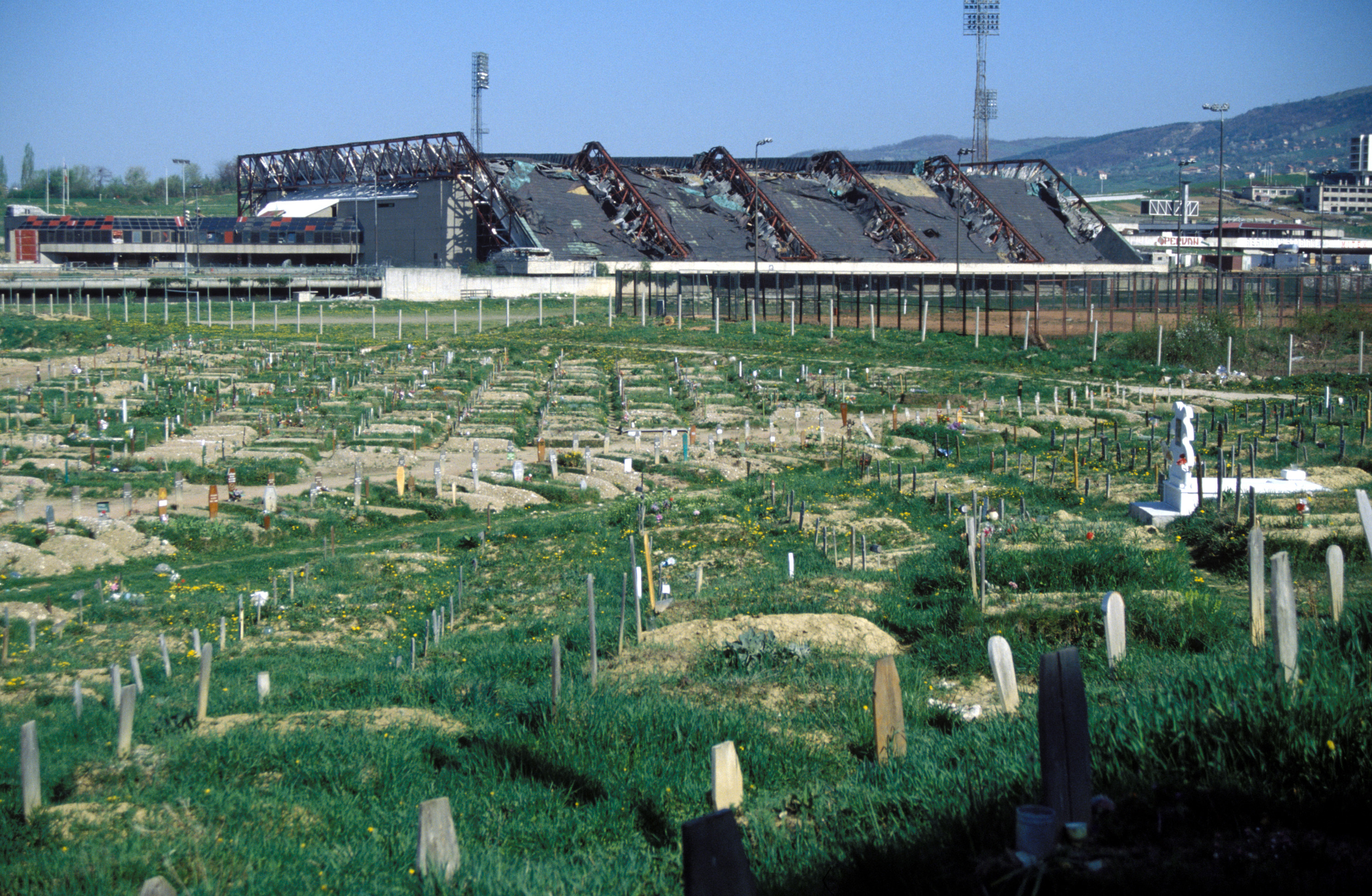
Sarajevo's Olympic Stadium, built for the 1984 Winter Olympics, stands as a haunting reminder of both triumph and tragedy. During the Olympics, it was a beacon of hope and unity, showcasing the spirit of competition amidst the Cold War tensions. However, the onset of the Bosnian War in the 1990s transformed this symbol of peace into a battlefield. The stadium suffered extensive damage, its tracks and fields scarred by conflict. Today, it is a somber monument to the war's devastation, yet efforts to restore parts of the facility reflect a resilient hope for the future. The story of Sarajevo's Olympic Stadium is one of juxtaposition, where the echoes of past glory intermingle with the shadows of conflict.
3. The Forgotten Fields of Brazil's Maracanãzinho
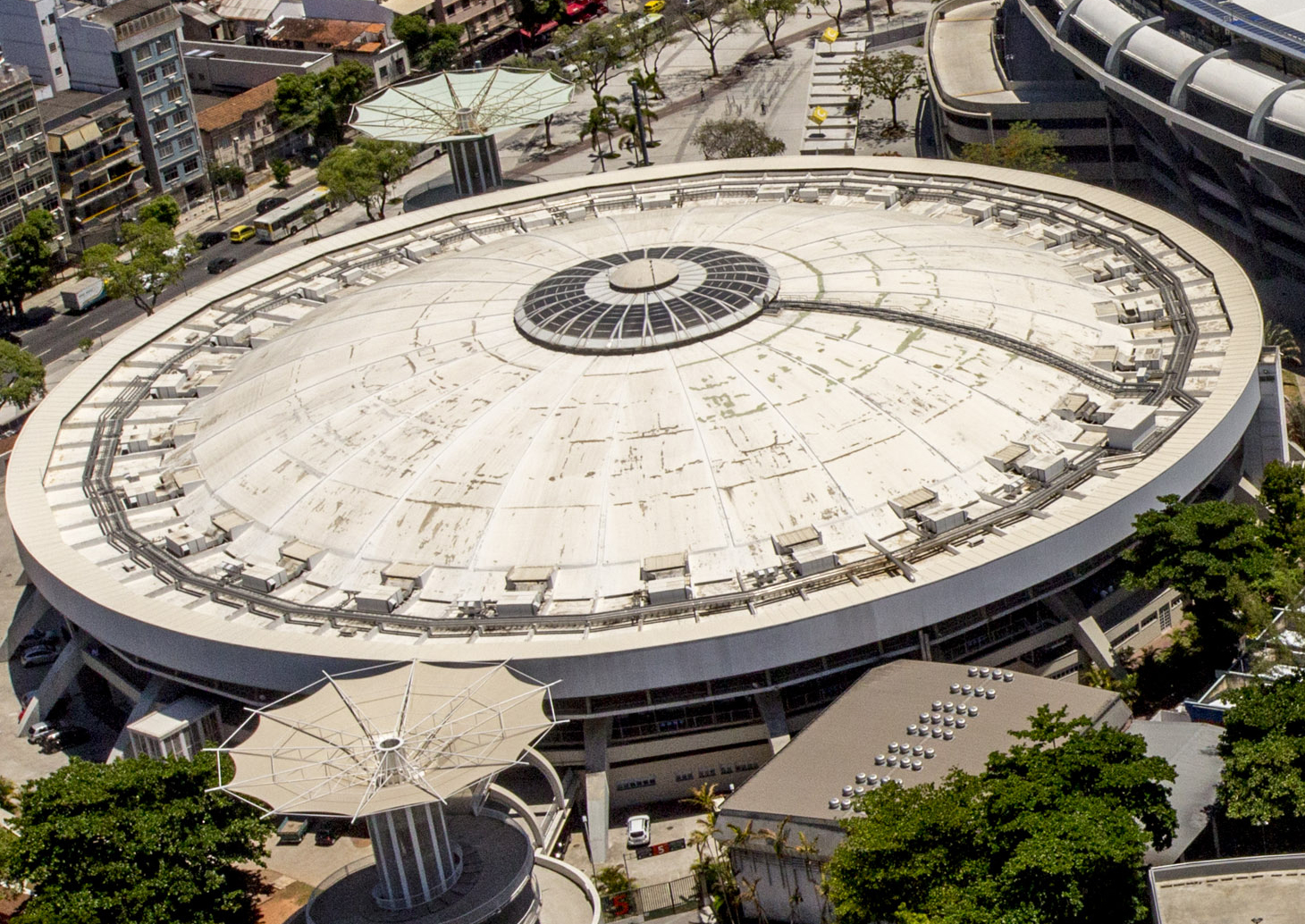
Nestled in the heart of Rio de Janeiro, the Maracanãzinho arena was once a vibrant hub of Brazilian sports, hosting volleyball matches and concerts that electrified the city. Built in 1954, it complemented the larger Maracanã Stadium, sharing the spotlight during major events like the Pan American Games. However, with the construction of newer facilities for the 2016 Olympics, Maracanãzinho fell into disuse. Today, it stands largely forgotten, overshadowed by its more famous sibling. The arena's abandonment reflects broader issues of urban planning and the fleeting nature of sports infrastructure investments, raising questions about sustainability and legacy in mega-event hosting.
4. Athens' Olympic Complex - A Legacy in Ruins
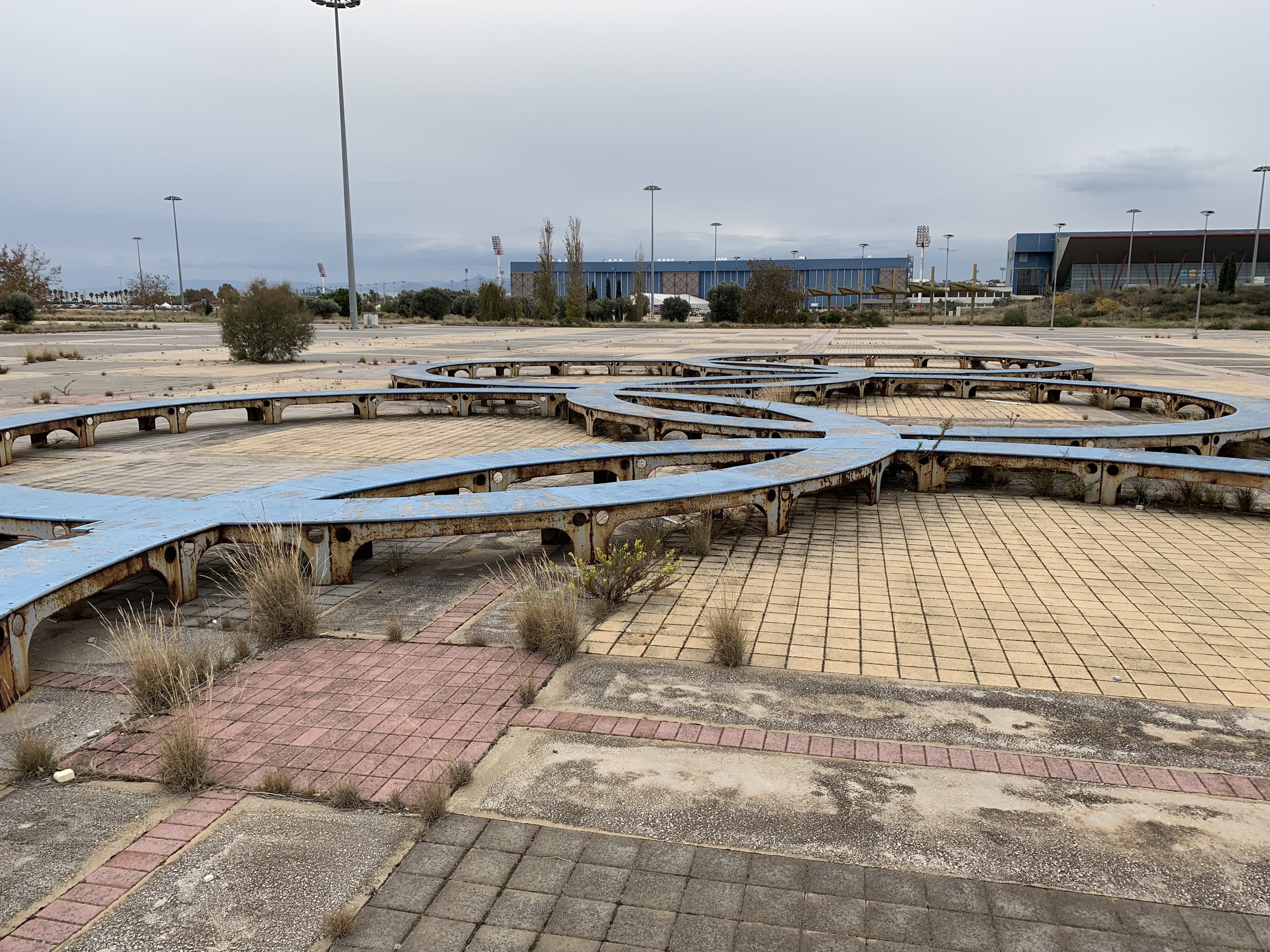
The 2004 Athens Olympics were meant to herald a new era for Greece, showcasing its rich history and modern capabilities. The Olympic Complex, featuring state-of-the-art facilities, was the crown jewel of this ambition. However, post-Olympics, the complex became a symbol of economic mismanagement and the Greek financial crisis. Many of the venues, including the Olympic Stadium, now lie in ruins, their upkeep too costly for a nation grappling with austerity. This abandonment highlights the challenges of maintaining Olympic infrastructure, serving as a cautionary tale for future host cities. The ruins of Athens' Olympic Complex stand as silent witnesses to the perilous balance between ambition and reality.
5. The Decay of Beijing's Bird's Nest

Beijing's National Stadium, famously known as the Bird's Nest, captured global attention during the 2008 Olympics with its innovative design and grandeur. Built to embody China's rise on the world stage, the stadium hosted spectacular ceremonies and athletic feats. Yet, in the years following the Games, the Bird's Nest has struggled to find a sustainable purpose, often standing empty or hosting sporadic events. Its maintenance costs are exorbitant, and its future remains uncertain. The Bird's Nest's story reflects the broader challenges faced by Olympic venues worldwide, where the initial glory often gives way to a struggle for relevance and utility.
6. The Crumbling Majesty of East Germany's Stadion der Weltjugend
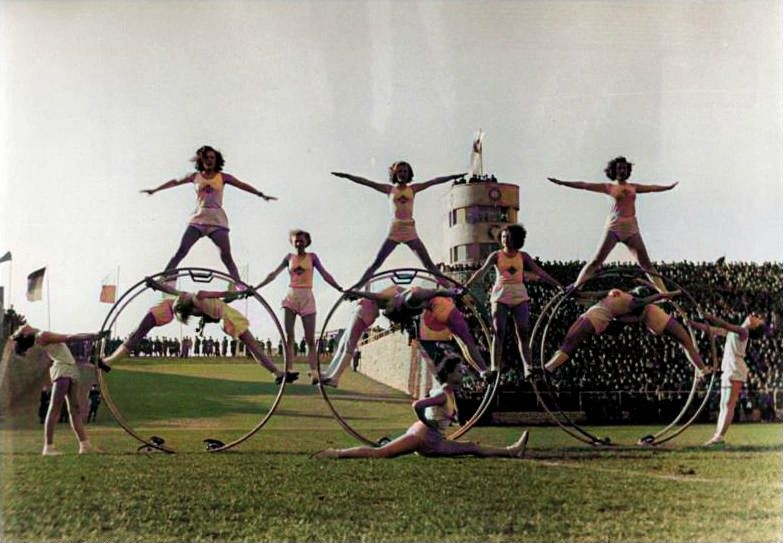
In the heart of Berlin, the Stadion der Weltjugend once symbolized the might and unity of East Germany. Built in 1950, it hosted numerous sporting events and political rallies, serving as a stage for the socialist state. However, following German reunification, the stadium fell into disrepair, overshadowed by the construction of the new Berlin Olympic Stadium. Today, only remnants of its once-majestic stands remain, overgrown with vegetation. The decay of the Stadion der Weltjugend mirrors the broader narrative of East Germany's dissolution, its ruins a poignant reminder of a bygone era and the socio-political shifts that followed.
7. Montreal's Olympic Stadium - A Towering White Elephant
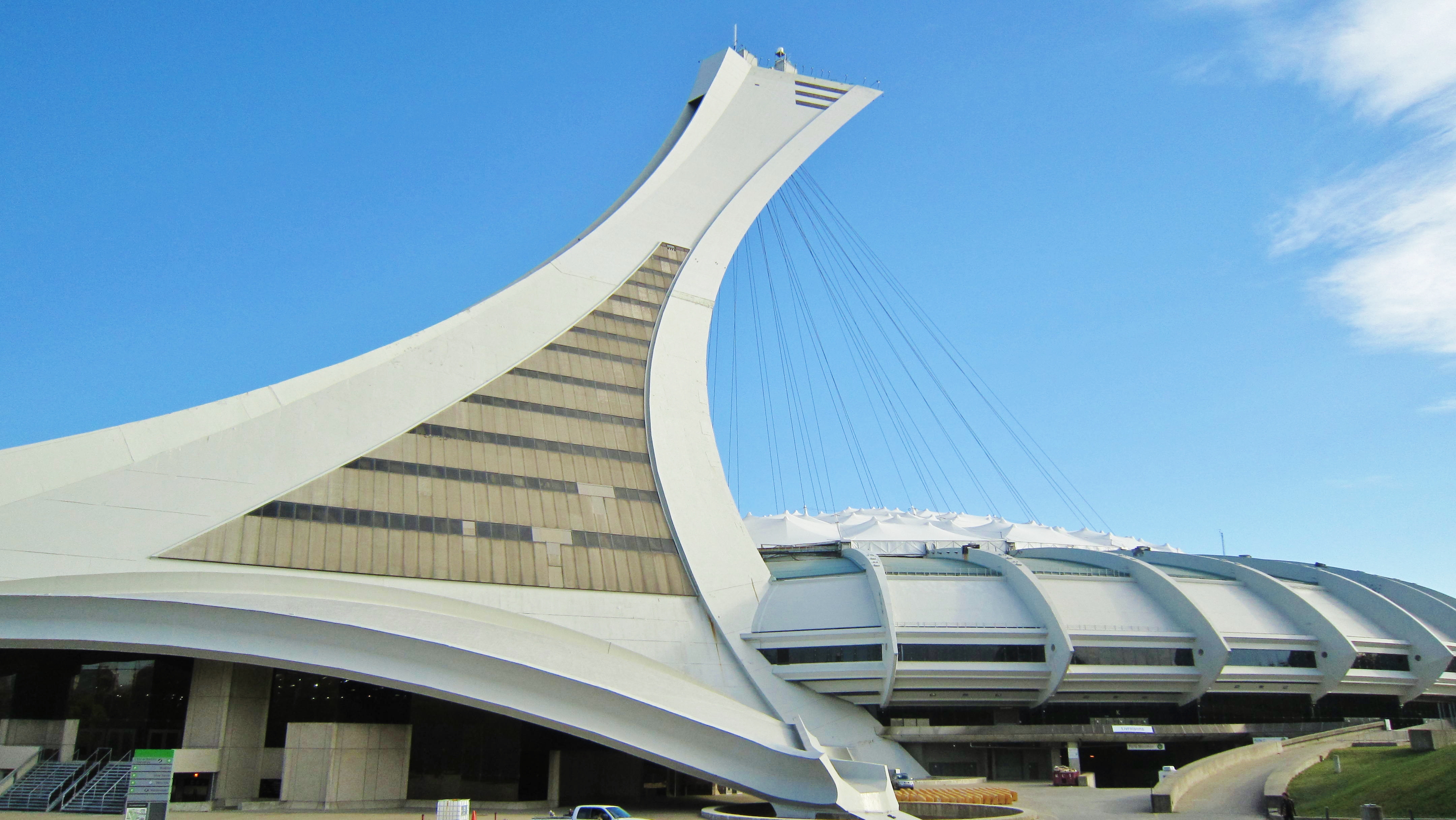
Montreal's Olympic Stadium, constructed for the 1976 Summer Olympics, is often cited as a cautionary tale of Olympic overspending. Nicknamed "The Big O," it was plagued by construction delays and cost overruns, leaving the city with a massive debt. Despite its architectural uniqueness, the stadium struggled to find a permanent tenant post-Olympics, with several sports teams coming and going. Today, it stands as a towering white elephant, used occasionally for events but largely underutilized. The story of Montreal's Olympic Stadium underscores the financial risks associated with hosting mega-events and the long-term implications for host cities.
8. The Overgrown Courts of Croatia's Stadion Kantrida
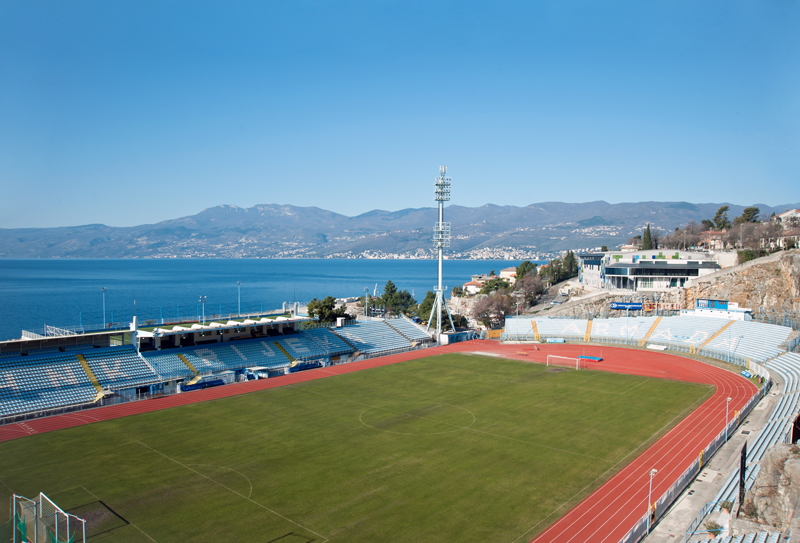
Perched on the picturesque Adriatic coast, Stadion Kantrida in Rijeka, Croatia, was once a beloved venue for local football matches. Its unique location, nestled between cliffs and the sea, made it a favorite among fans. However, plans to modernize the stadium and develop the surrounding area led to its closure in 2015. Today, the once-vibrant stands are overgrown with vegetation, and the pitch lies abandoned. The fate of Stadion Kantrida reflects broader trends in sports infrastructure, where modernization often comes at the cost of nostalgia and local identity, sparking debates about the balance between progress and preservation.
9. The Eerie Silence of New Orleans' Six Flags Jazzland
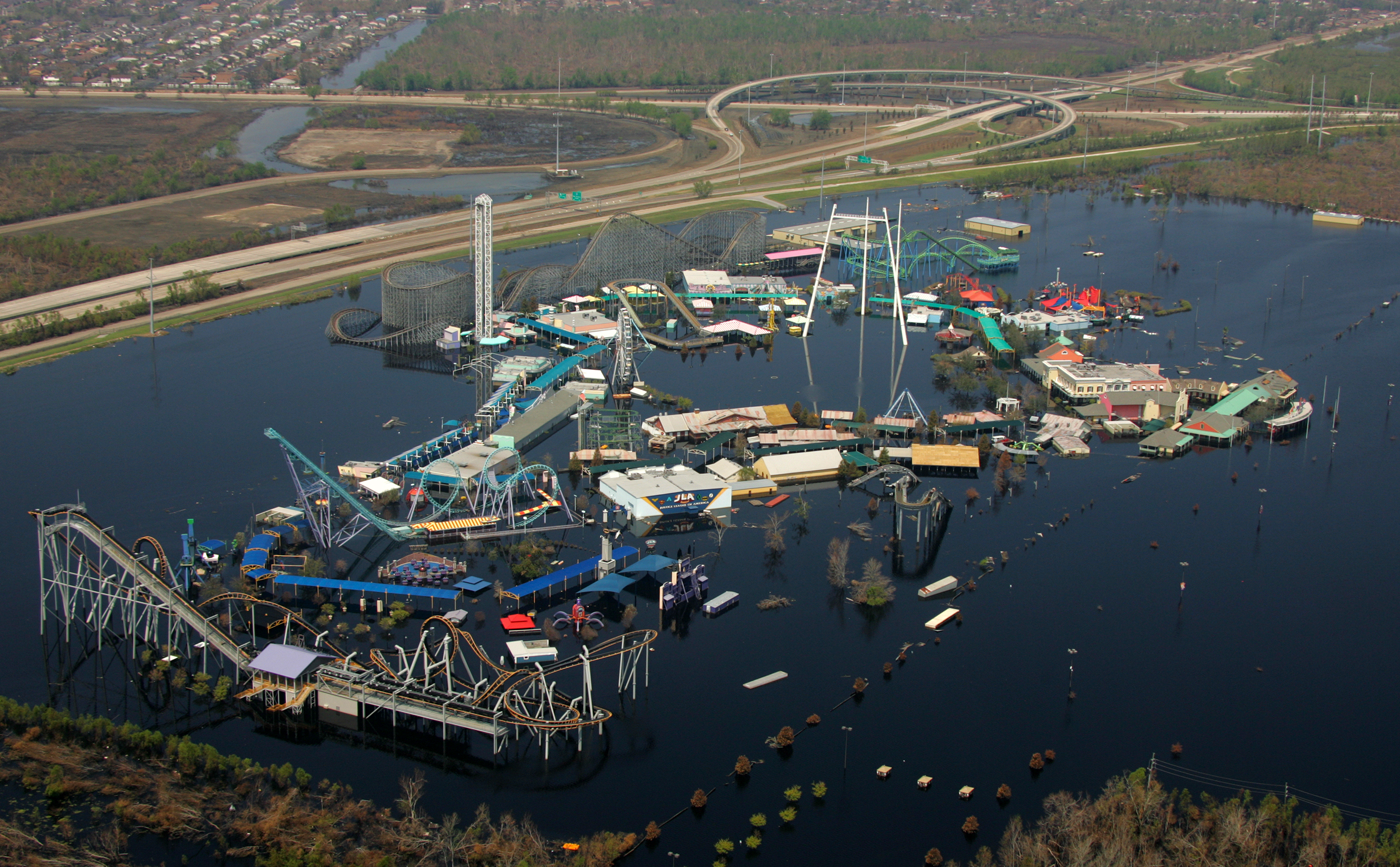
Unlike traditional sports arenas, Six Flags Jazzland in New Orleans was a theme park with a significant sports connection, hosting events like skateboarding and BMX competitions. Devastated by Hurricane Katrina in 2005, the park was abandoned, its rides and attractions left to rust and decay. The eerie silence of Jazzland serves as a stark reminder of nature's power and the vulnerabilities of human-made structures. While there have been proposals to redevelop the site, it remains abandoned, a haunting symbol of the city's resilience and the ongoing challenges of disaster recovery.
10. The Forgotten Glory of Buffalo’s War Memorial Stadium (USA)
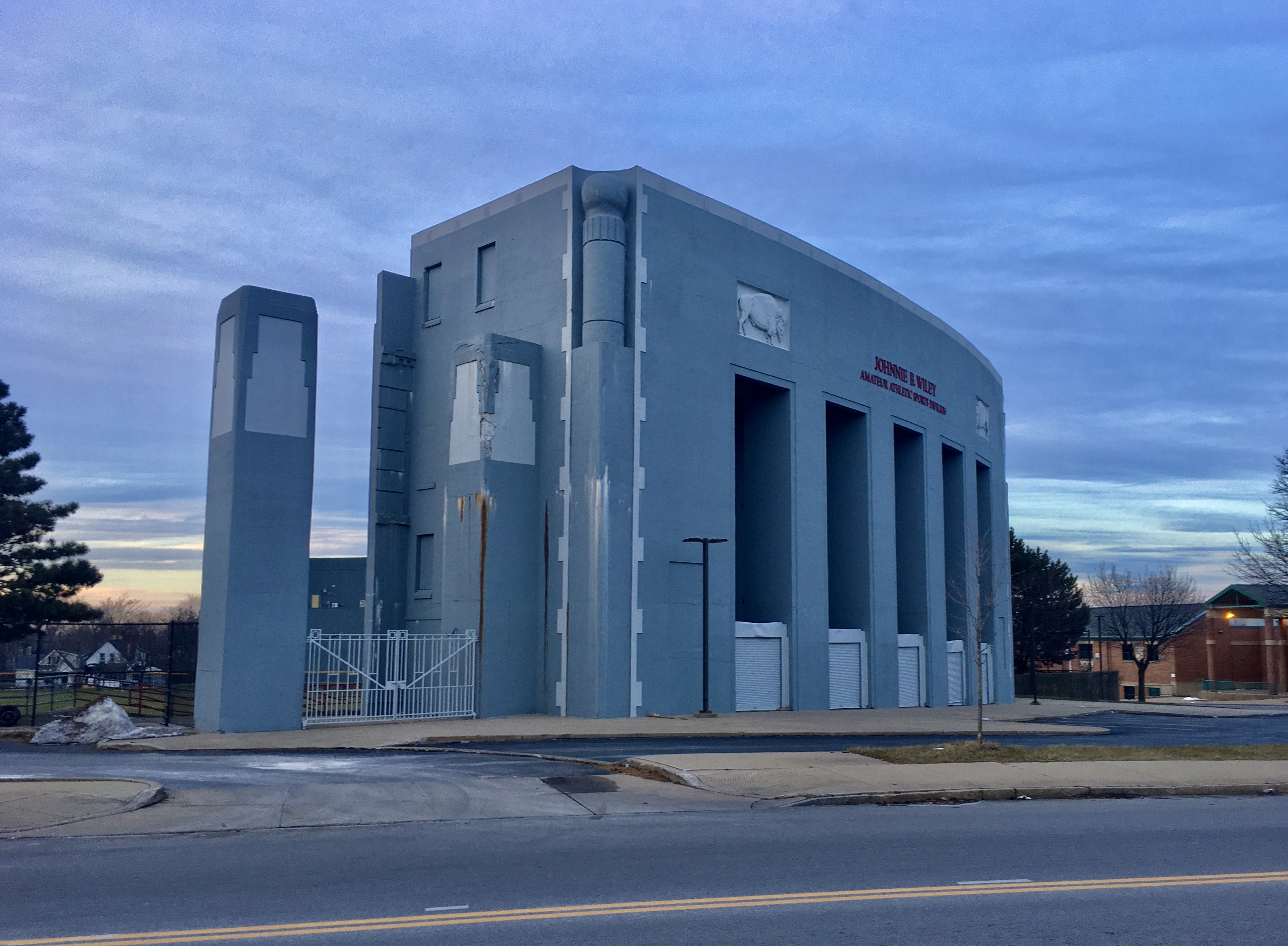
Once a bustling sports hub in Buffalo, New York, War Memorial Stadium—nicknamed "The Rockpile"—hosted baseball, football, and even concerts. Built in 1937, it was home to the Buffalo Bills before they moved to a modern facility in the 1970s. After years of declining use, much of the stadium was demolished in the 1980s, leaving only a small portion standing as part of a public park. Today, visitors can still see remnants of the grandstands and feel the echoes of roaring fans, a haunting reminder of Buffalo’s rich sports history.
11. The Silent Grandstands of Pyongyang’s May Day Stadium (North Korea)
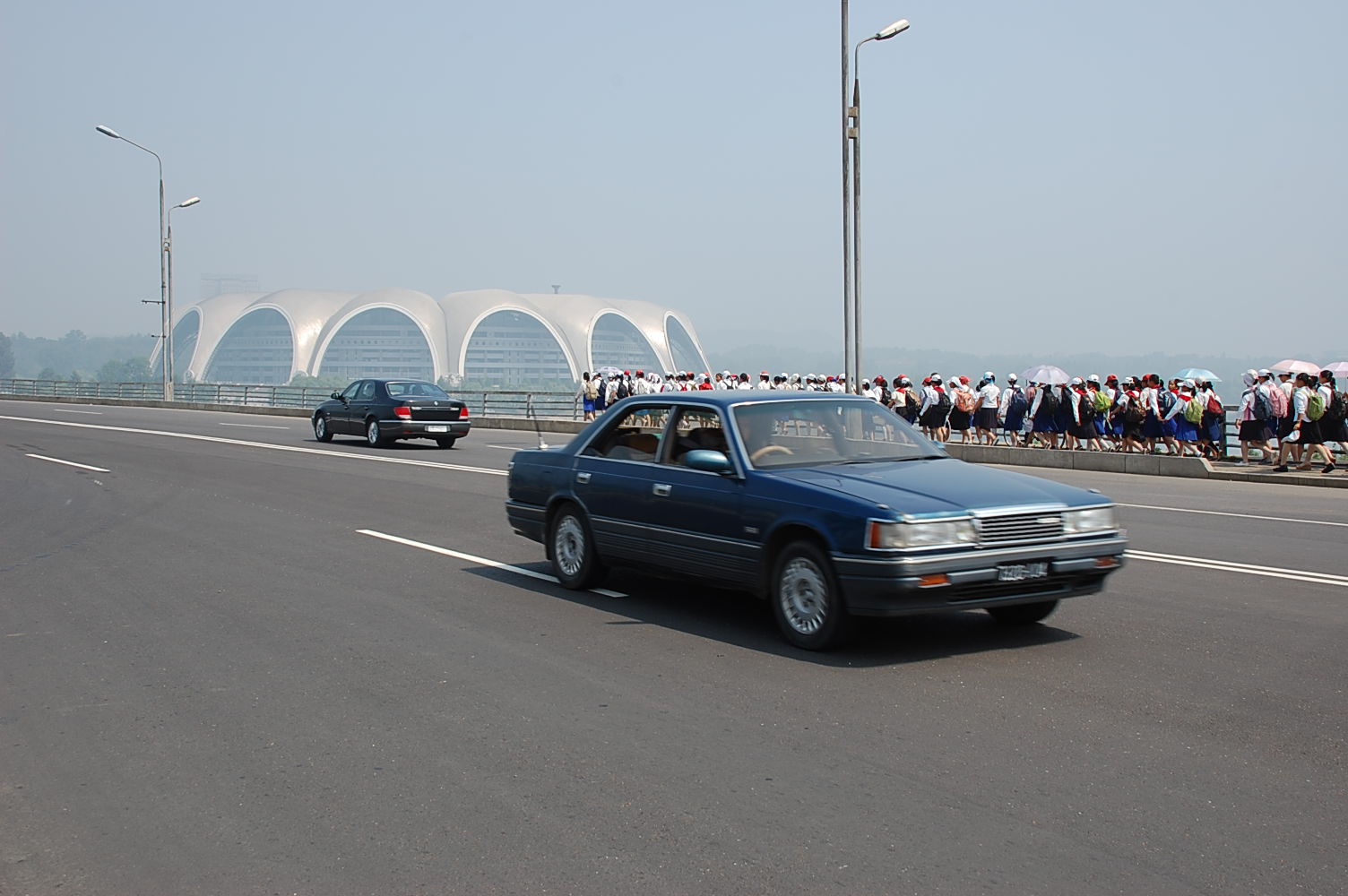
Once the world's largest stadium with a capacity of 150,000, Pyongyang’s Rungrado May Day Stadium was a symbol of North Korea’s grandeur. Built in 1989, it hosted large-scale military parades, soccer matches, and the country's infamous "Mass Games." However, despite its sheer size and historical significance, the stadium has largely fallen into disuse. Though still intact, it sits eerily empty for much of the year, its vast grandstands a ghostly spectacle of excess and isolation, a reminder of the spectacle-driven ambitions of its past.
The Unseen Legacy of Abandoned Arenas
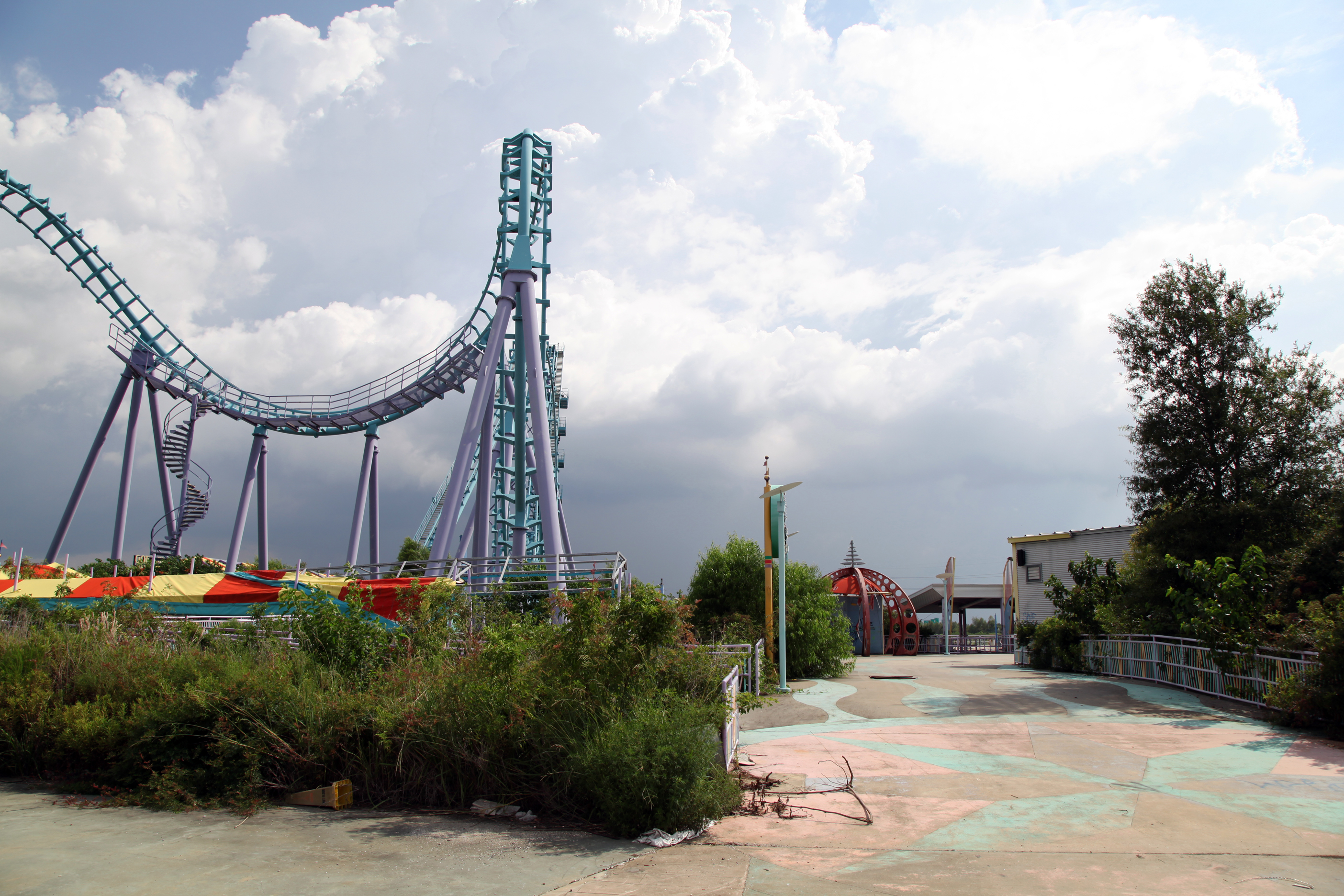
As we conclude our journey through these abandoned sports arenas and stadiums, we are reminded of the profound narratives they embody. Each venue, now silent and decaying, once pulsed with life and excitement, shaping the memories of countless individuals. Their stories reflect broader themes of ambition, economic realities, and societal change. While some may view these structures as relics of the past, they offer valuable lessons for the future, prompting us to reconsider how we approach sports infrastructure and legacy. In their stillness, these arenas continue to echo the dreams and challenges of the communities they once served, inviting us to reflect on the transient nature of glory and the enduring impact of history.


